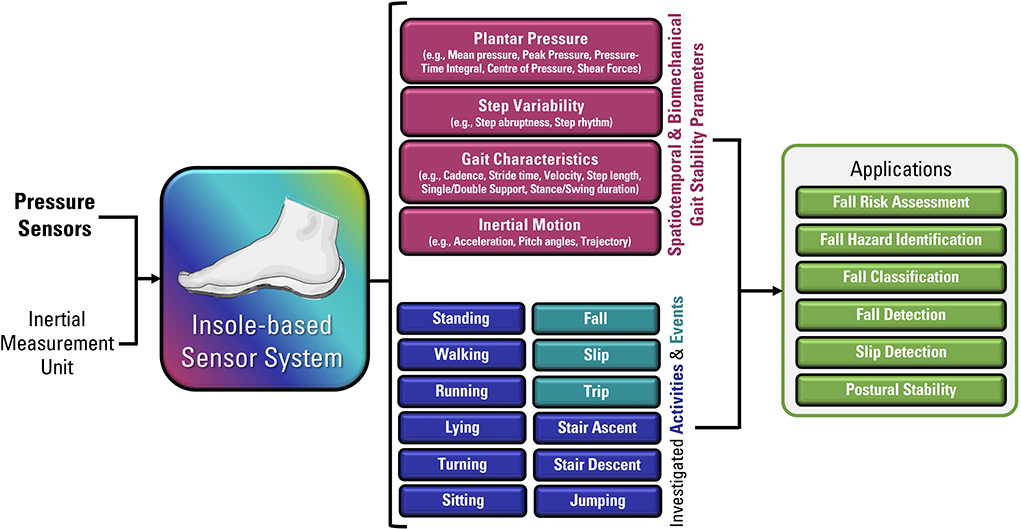Dementia Fall Risk Fundamentals Explained
Dementia Fall Risk Fundamentals Explained
Blog Article
The Ultimate Guide To Dementia Fall Risk
Table of ContentsThe Ultimate Guide To Dementia Fall RiskGetting The Dementia Fall Risk To WorkSome Ideas on Dementia Fall Risk You Need To KnowGetting The Dementia Fall Risk To Work
A loss risk analysis checks to see how most likely it is that you will drop. The analysis typically consists of: This includes a collection of inquiries regarding your total health and if you have actually had previous drops or issues with equilibrium, standing, and/or strolling.Treatments are referrals that might reduce your risk of falling. STEADI includes 3 actions: you for your threat of dropping for your threat factors that can be improved to attempt to protect against falls (for example, balance problems, damaged vision) to reduce your threat of dropping by utilizing efficient methods (for example, supplying education and learning and resources), you may be asked a number of questions including: Have you dropped in the past year? Are you fretted concerning dropping?
If it takes you 12 secs or more, it might indicate you are at higher threat for an autumn. This test checks toughness and balance.
The positions will certainly obtain more difficult as you go. Stand with your feet side-by-side. Relocate one foot halfway ahead, so the instep is touching the big toe of your various other foot. Relocate one foot totally in front of the various other, so the toes are touching the heel of your other foot.
The smart Trick of Dementia Fall Risk That Nobody is Talking About
The majority of falls happen as a result of multiple contributing aspects; therefore, handling the danger of dropping starts with recognizing the variables that add to fall risk - Dementia Fall Risk. Some of the most appropriate danger aspects consist of: Background of previous fallsChronic clinical conditionsAcute illnessImpaired stride and equilibrium, reduced extremity weaknessCognitive impairmentChanges in visionCertain risky drugs and polypharmacyEnvironmental variables can additionally increase the risk for drops, consisting of: Poor lightingUneven or harmed flooringWet or unsafe floorsMissing or harmed handrails and get barsDamaged or incorrectly fitted equipment, such as beds, mobility devices, or walkersImproper usage of assistive devicesInadequate supervision of the people staying in the NF, including those that display aggressive behaviorsA effective loss threat monitoring program calls for a thorough clinical assessment, with input from all participants of the interdisciplinary group

The care plan must additionally consist of interventions that are system-based, such as those that advertise a risk-free atmosphere (appropriate lights, handrails, grab bars, and so on). The efficiency of the interventions must be assessed periodically, and the care plan changed as essential to mirror modifications in the loss risk analysis. Applying a loss risk monitoring system utilizing evidence-based best method can reduce the frequency of drops in the NF, while restricting the capacity for fall-related injuries.
Not known Facts About Dementia Fall Risk
The AGS/BGS standard advises screening all grownups aged 65 years and older for autumn danger yearly. This screening is composed of asking individuals whether they have dropped 2 or even more times in the past year or looked for medical focus for an autumn, or, if they have not dropped, whether they feel unsteady when strolling.
People who have actually dropped as soon as without injury ought to have their equilibrium and gait assessed; those with stride or equilibrium irregularities must obtain additional evaluation. A background of 1 loss without injury and without stride or balance issues does not require additional analysis beyond continued annual autumn threat testing. Dementia Fall Risk. A fall risk assessment is required as component of the Welcome to Medicare assessment

Dementia Fall Risk Fundamentals Explained
Recording a drops history is just one of the quality signs for fall avoidance and administration. A vital part of threat analysis is a medicine testimonial. A number of courses of medicines boost autumn threat (Table 2). Psychoactive medicines specifically are independent forecasters of falls. These medicines often tend to be sedating, change the sensorium, and hinder balance and stride.
Postural hypotension can usually be alleviated by decreasing the dose of blood pressurelowering drugs and/or stopping medications that have orthostatic hypotension as a negative effects. Use above-the-knee assistance hose and copulating the head of the bed elevated may additional reading likewise decrease postural decreases in blood pressure. The preferred components of a fall-focused physical exam find here are displayed in Box 1.

A pull time above or equivalent to 12 secs recommends high loss threat. The 30-Second Chair Stand examination evaluates reduced extremity stamina and balance. Being unable to stand from a chair of knee height without using one's arms suggests increased fall danger. The 4-Stage Balance test assesses fixed balance by having the patient stand in 4 positions, each progressively much more difficult.
Report this page